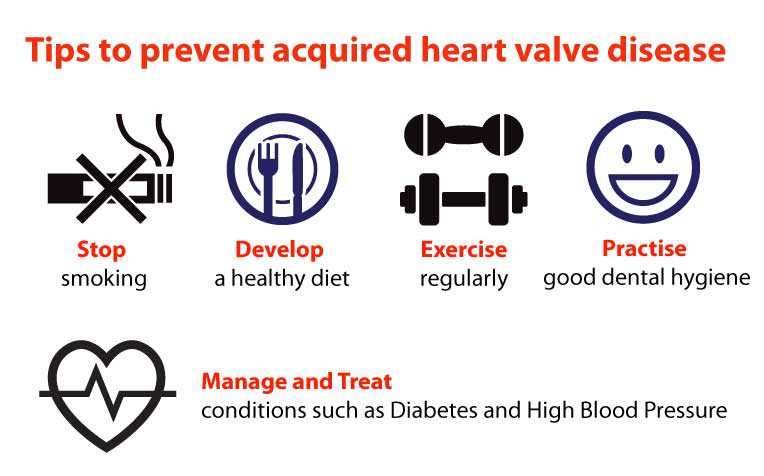
Some tips to reduce your risk of acquired heart valve disease include exercising regularly, abstaining from smoking and practising good dental hygiene.
Treatments and prevention of acquired heart valve disease
The disease can be treated with surgery, but there are risks involved. “Doctors use medicines to help the heart initially. When the disease gets too severe, they can do open-heart surgery but there are risks of heart attack, infection or stroke, and even death. So, we have to balance the need for treatment and the risk of complications,” said Associate Professor Yeo Khung Keong, Senior Consultant, Department of Cardiology, National Heart Centre Singapore (NHCS), a member of the SingHealth group.
Surgical options include valve replacement using valve leaflets harvested from pig or cow tissue, and implanting metal or plastic valves in the heart. Prof Yeo said that, unfortunately, some types of acquired heart valve disease (e.g. aortic stenosis) are related to the natural progression of age. “While we may be able to delay the onset of certain types of valvular disease, other types are more difficult to prevent.”
He said the risk of getting some types of acquired heart valve disease (e.g. mitral regurgitation) can be reduced by treating conditions such as diabetes and high blood pressure, and by not smoking, to prevent heart attacks. It is also important to pay attention to diet, and exercise regularly. Practicing good dental hygiene can also help since bad teeth can cause a heart infection, which can lead to valve damage.
Ref: O17
Contributed by
Related Articles
Conditions & Treatments
Public Events
Get the Health Buddy App
© 2025 SingHealth Group. All Rights Reserved.















 Get it on Google Play
Get it on Google Play